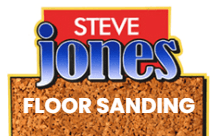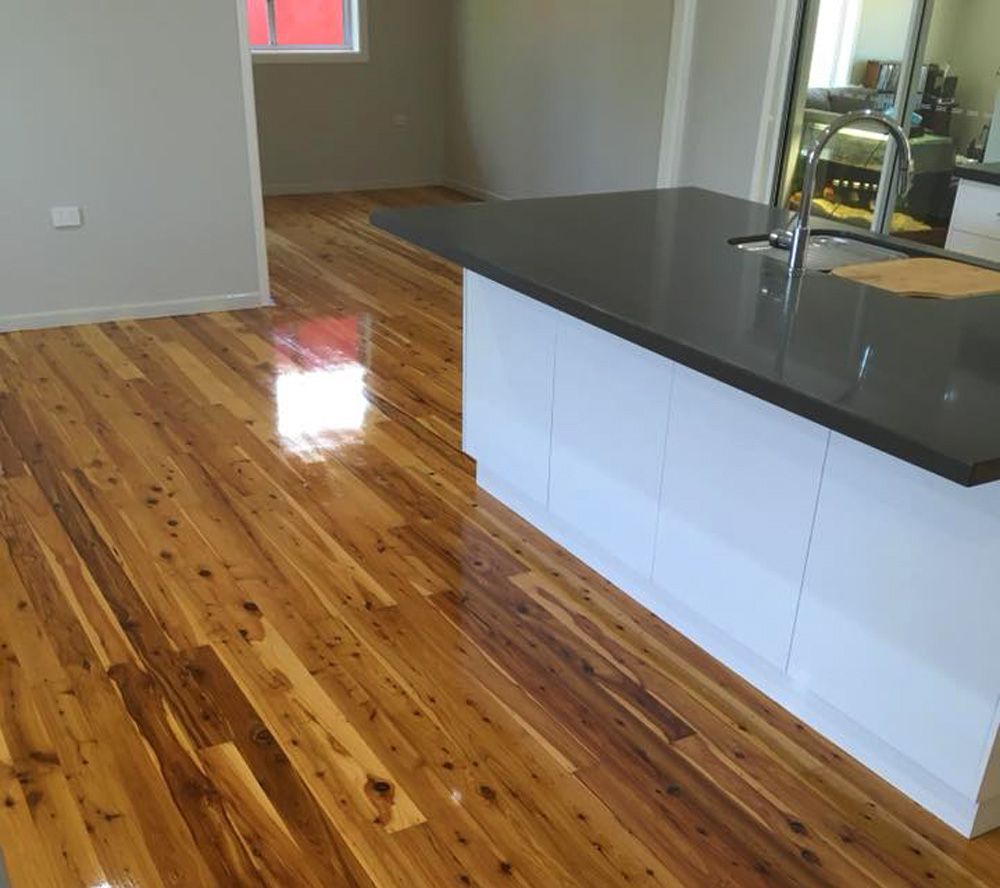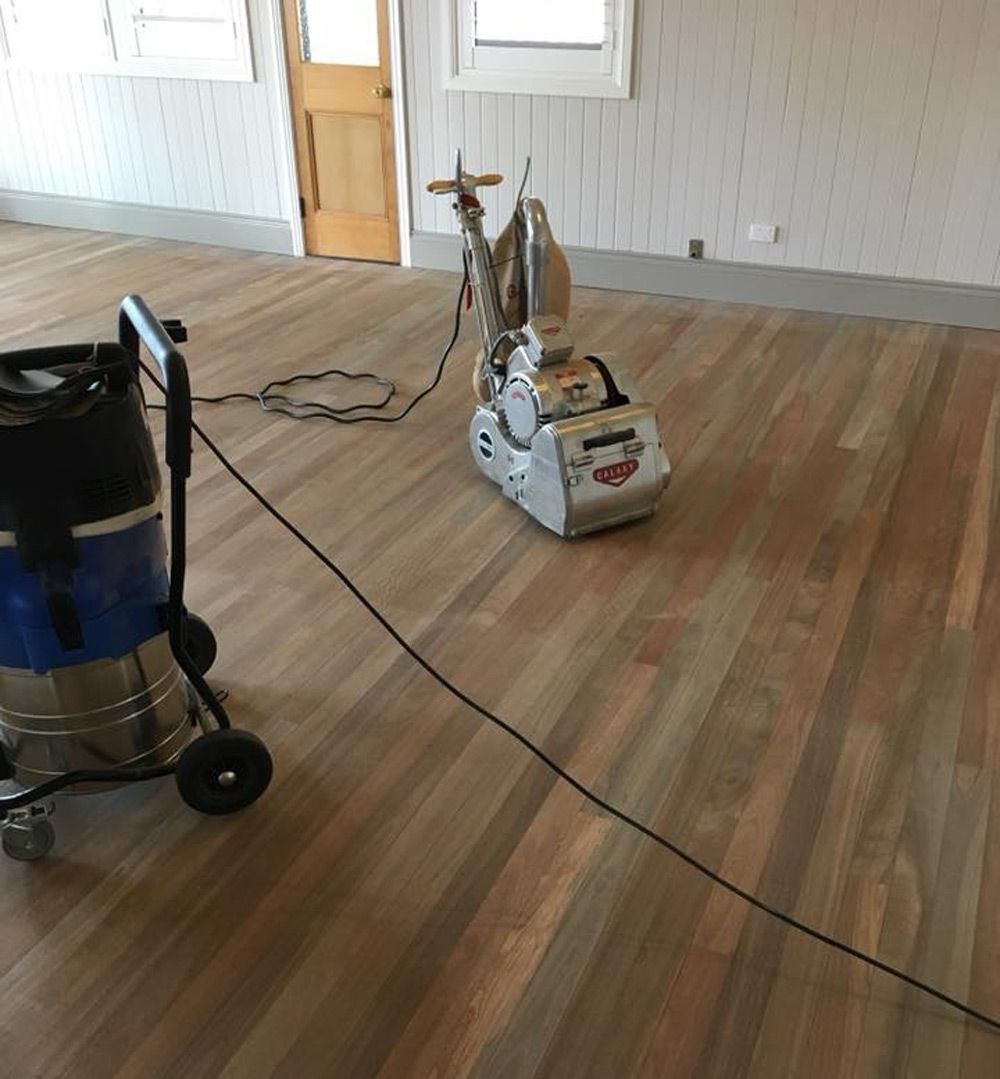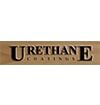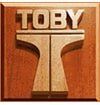Floor Sanding: What Timber Flooring Is Best?
Have you ever admired the polished timber floors at a friend's house and wondered how to achieve that look in your own home? Selecting the right type of timber flooring can significantly enhance the beauty and value of your home. In this blog, we’ll guide you through the various types of timber flooring options available, helping you make an informed decision that aligns with your aesthetic preferences, practical needs and budget. Let's dive into the details to find the perfect timber flooring for your space.
Comparing Timber Flooring Types for Your Sanding Project
When considering floor sanding, choosing the right type of timber is crucial. Here's a quick comparison to help you decide:
| Timber Flooring Type | Durability | Aesthetic Appeal | Maintenance | Best For |
|---|---|---|---|---|
| Hardwood | Very High | Warm, classic and versatile | Moderate: Regular cleaning and occasional refinishing | High-traffic areas, living rooms, hallways |
| Softwood | Moderate to Low | Natural, rustic look with a softer feel | High: Prone to scratches and dents, requires more frequent refinishing | Bedrooms, less frequented areas |
| Bamboo | High (Varies with treatment) | Modern, unique and eco-friendly | Low: Easy to clean and maintain, resistant to water and stains | Kitchens, living areas, commercial spaces |
| Engineered Wood | High (Depends on the veneer thickness) | Wide range of designs that mimic real wood | Moderate: Can be sanded and refinished, depending on the thickness of the top layer | Basements, over concrete, areas with changes in humidity |
| Laminate | Moderate | Extensive variety of designs | Low: Easy to clean, scratch-resistant, but cannot be refinished | Rental properties, high-traffic commercial areas |
Each timber type offers unique benefits, from the rich finishes of oak to the natural tones of bamboo. The choice depends on your aesthetic preference, usage and the overall style of your home.
How Often Should Timber Floors Be Sanded for Optimal Durability?
The frequency of sanding your timber floors largely depends on the type of timber and the level of foot traffic your floors endure. Generally, for high-traffic areas, sanding every 3-5 years can maintain the floor's integrity and appearance. For less frequented areas, a 5-7 year interval may suffice. Regular maintenance, however, can extend periods between sanding, preserving the beauty and durability of your floors for decades.
Benefits Of Floor Sanding
Floor sanding significantly enhances both the functionality and aesthetic appeal of timber floors. Here's a quick rundown of its benefits:
- Reduces trips and slips: Making floors safer to walk on.
- Enhances appearance: Reveals the wood's natural beauty, making spaces look brighter and more inviting.
- Prepares for protective treatments: Allows for the application of non-slip coatings and surface protectants.
- Simplifies cleaning: Smooth surfaces are easier and quicker to maintain.
- Increases longevity: Extends the life of timber floors, ensuring lasting beauty and durability.
Elevate Your Space: Contact Us For Expert Floor Sanding
Choosing the right timber flooring is essential for a successful floor sanding project, enhancing both the appearance and longevity of your floors. That’s why you need to hire a professional floor sanding service to do the job for you. At Steve Jones Floor Sanding, we're committed to bringing out the best in your floors. With our expertise and dedication, we ensure your timber flooring is sanded and transformed. If you're looking for high-quality flooring sanding in Toowoomba, contact us today!
